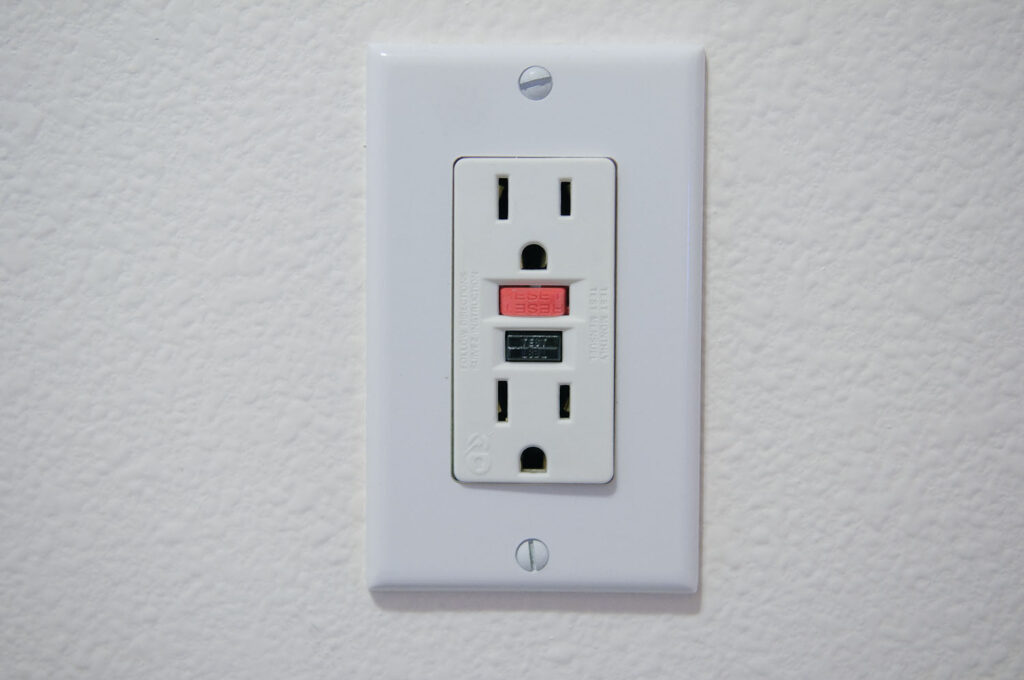
Learn all about GFI with R & T Yoder Electric! From their family-owned business to top-notch services, trust them for all your electrical needs.
Hey there! Have you ever wondered: “What is GFI?” Well, you’re in the right place! In this article, we will dive into the world of Ground Fault Circuit Interrupters (GFI) and uncover everything you need to know about them. From what they are, how they work, to why they are important, we’ve got you covered. Let’s start unraveling the mystery behind GFIs together.
Understanding Ground Fault Circuit Interrupters (GFI)
Ground Fault Circuit Interrupters, commonly known as GFIs, are electrical safety devices designed to protect you from electrical shocks. They monitor the flow of electricity in a circuit and quickly shut it off if they detect an imbalance in current. This imbalance, known as a ground fault, can occur when electricity escapes from the circuit and flows through unintended paths, such as through water or a person.
How Do GFIs Work?
GFIs work by continuously monitoring the electrical current flowing through a circuit. They compare the incoming current on the “hot” wire to the returning current on the “neutral” wire. In a properly functioning circuit, these two currents should be equal. However, if there is a ground fault and some of the current is flowing through an unintended path, such as through water, a person, or an appliance, the GFI detects the imbalance and trips, cutting off the flow of electricity.
Why Are GFIs Important?
GFIs are crucial for protecting you and your loved ones from electrical shocks and potential electrocution. They are especially important in areas where water is present, such as in bathrooms, kitchens, outdoor outlets, and basements. By quickly shutting off power when a ground fault is detected, GFIs can prevent serious injuries and even save lives.
Types of GFIs
There are different types of GFIs available, each designed for specific applications. Let’s explore some common types of GFIs and where they are typically used.
1. Receptacle GFIs
Receptacle GFIs are the most common type of GFIs and are installed in electrical outlets. They are easily recognizable by their “Test” and “Reset” buttons. Receptacle GFIs are typically used in kitchens, bathrooms, and outdoor outlets, where the risk of electric shock due to water exposure is higher.
2. Circuit Breaker GFIs
Circuit Breaker GFIs are installed in the main electrical panel of a building and provide GFI protection for an entire circuit. They are commonly used in older homes where upgrading individual outlets to GFI receptacles is not feasible. Circuit Breaker GFIs are ideal for areas where multiple outlets are on the same circuit, such as in a garage or basement.
3. Portable GFIs
Portable GFIs, also known as plug-in GFIs, are devices that can be plugged into a standard outlet to provide GFI protection. They are convenient for use with appliances and tools that do not have built-in GFI protection. Portable GFIs are great for outdoor activities, construction sites, and workshops.
Testing and Maintenance of GFIs
Now that you know the importance of GFIs and the different types available, it’s essential to understand how to test and maintain them to ensure they are functioning correctly.
How to Test a GFI
Testing a GFI is a simple process that should be done regularly to ensure it is working correctly. Follow these steps to test a GFI receptacle:
- Plug a lamp or testing device into the GFI outlet.
- Press the “Reset” button to turn on the power.
- Press the “Test” button, which should cause the power to turn off.
- Press the “Reset” button again to restore power.
If the GFI does not trip when the “Test” button is pressed, or if it fails to reset, it may be faulty and should be replaced.
Maintenance Tips for GFIs
To keep your GFIs in good working condition, follow these maintenance tips:
- Test GFIs monthly to ensure they are working properly.
- Keep GFIs free of dust, dirt, and debris that could interfere with their operation.
- Replace GFIs that show signs of wear or damage, such as cracks, discoloration, or loose connections.
- Consider installing additional GFIs in areas where water exposure is high or where there are older outlets without GFI protection.
GFIs are essential safety devices that play a critical role in protecting you and your family from electrical hazards. Understanding what GFIs are, how they work, and why they are important can help you make informed decisions about electrical safety in your home or workplace. By learning about the different types of GFIs, testing and maintaining them regularly, you can ensure that your electrical systems are safe and reliable. Stay safe and remember to always prioritize electrical safety in everything you do.







